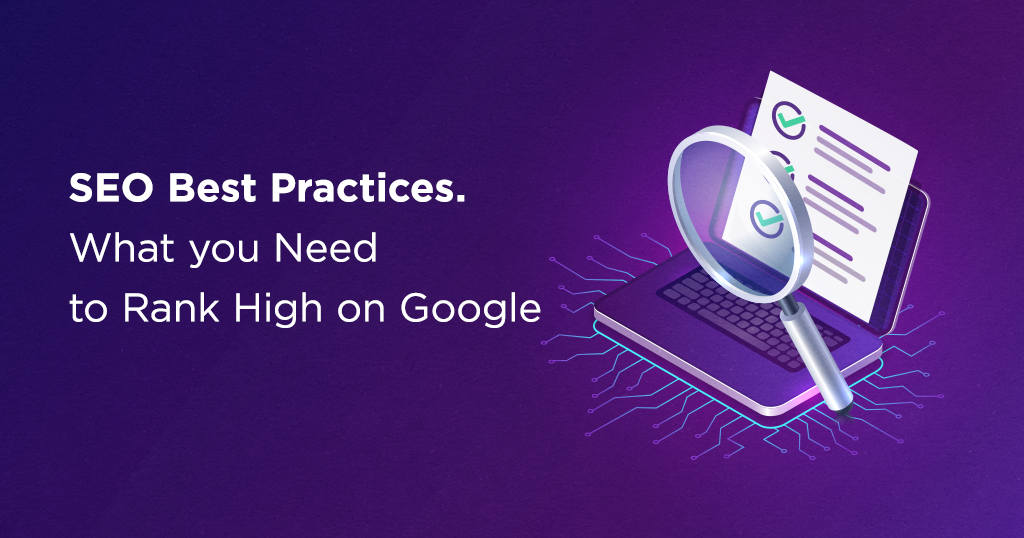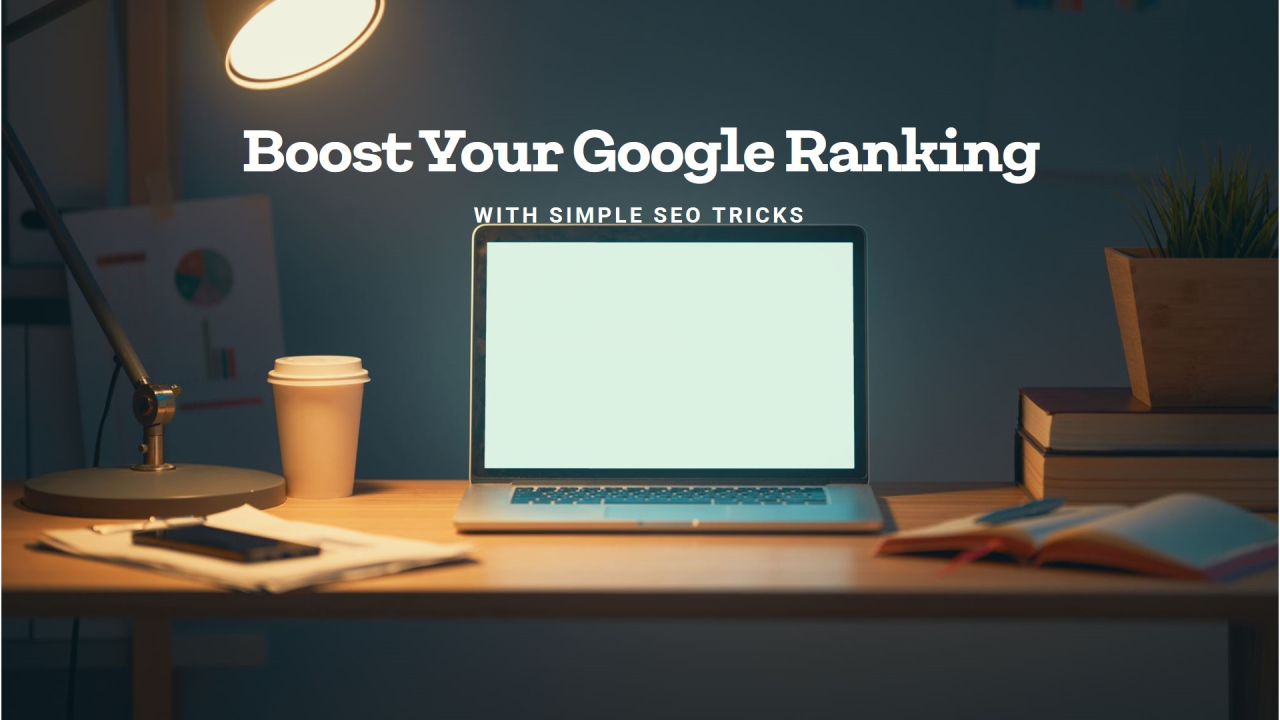Discover the importance of keyword research in your blogging strategy. Learn how to use tools like Google Keyword Planner and Ubersuggest to find high-impact keywords, increase your search engine rankings, and drive more traffic to your blog. Unlock the potential of effective keyword targeting today
Optimizing Your On-Page SEO with Keyword Research
Keyword research plays a vital role in this process, helping you identify the terms that your audience is searching for.
On-page SEO involves optimizing elements within your blog post to boost its search engine visibility. This includes the page title, meta description, header tags, and strategic use of target keywords. Use a free plugin like Rank Math to analyze and improve your post’s on-page SEO, ensuring optimal keyword density and inclusion of relevant links.
To achieve an SEO-friendly blog post, consider using a free plugin like Rank Math. This tool analyzes your post and offers recommendations for improving on-page SEO based on your keyword research. For example, it may suggest incorporating your target keyword into the title, meta description, and throughout the content.
Leveraging Keyword Research for Internal and External Links
Internal and external links play a significant role in your blog’s SEO strategy. Keyword research can help you identify the most relevant and valuable links to include in your content.
Enhancing Blog Structure and Metadata with Keyword Research
Use descriptive alt text for images, such as “Keyword Research process chart,” to help search engines understand the content of your images.
By consistently applying these keyword research strategies, you can enhance your blog’s SEO, attract more readers, and provide valuable content that meets the needs of your audience. Keyword research is an ongoing process, so stay updated with the latest trends and best practices.

The Importance of Header Tags
Header tags (H1, H2, H3, etc.) are crucial for structuring your content and signaling its hierarchy to search engines. Your main title should be wrapped in an H1 tag, while subheadings should use H2 tags, and so on. This not only makes your content more readable for users but also helps search engines understand the context and importance of each section.
Leveraging Internal and External Links
Internal and external links are crucial for SEO. Internal links connect your posts to other relevant content on your site, helping search engines understand your site’s structure. External links to authoritative sites signal valuable content. Use relevant anchor text for these links to enhance SEO.
External links, which point to authoritative and relevant websites, can signal to search engines that your content is valuable and trustworthy. When adding external links, choose authoritative sources and ensure that the linked content is relevant to your post. For example, linking to a high-quality study or an industry expert’s blog can boost your post’s credibility.
When selecting anchor text for your links, make sure it is relevant to the linked content. For instance, linking “remote work practices” to a previous blog post on your site about the benefits of remote work, or “top companies offering remote jobs” to an external resource like Remote.com, ensures that readers and search engines understand the context of the linked content.
Optimizing Your Blog's Structure and Metadata
The structure and metadata of your blog are critical to its SEO performance. This includes elements like your blog’s permalink structure, the use of a sitemap, and the optimization of your blog’s title and description.
Permalink Structure
In your WordPress dashboard, navigate to the “Permalinks” settings and ensure that your permalink structure is clean and SEO-friendly. A well-structured permalink might look like “https://yourdomain.com/blog/post-title” rather than the default WordPress structure, which can be less user-friendly and less optimized for search engines. This clean structure helps both search engines and users understand the content of your URL at a glance.
Sitemaps
A sitemap is a file that lists all the pages on your website, making it easier for search engines to crawl and index your content. Submitting your sitemap to Google Search Console can enhance your site’s SEO. You can generate a sitemap using plugins like Yoast SEO or Rank Math, both of which offer user-friendly tools for creating and submitting sitemaps.
Leveraging Images and Media
Images and other media can significantly enhance your blog’s SEO. By optimizing your images with relevant alt text and file names, you help search engines understand the content of the images. This can improve your visibility in image search results and enhance your overall SEO.
Alt Text and File Names
Alt text should describe the content and function of the image. For example, an image of a cat should have alt text like “gray cat sitting on a windowsill.” File names should also be descriptive and include relevant keywords. Instead of a file named “IMG_1234.jpg,” rename it to something like “gray-cat-windowsill.jpg.”
Infographics and Videos
Consider creating infographics or other visual content to complement your written content. Infographics can summarize complex information in an easily digestible format, making your content more engaging. Embedding relevant videos from platforms like YouTube can enhance the user experience and signal to search engines that your content is valuable and informative.
Finally, it’s important to regularly monitor and analyze your blog’s SEO performance. Tools like Google Search Console and Google Analytics provide valuable insights into your traffic, keyword rankings, and other important metrics. Use this data to identify areas for improvement and make adjustments to your SEO strategy as needed.
Regular Monitoring
Regularly check your keyword rankings to see how well your content is performing. Look at traffic sources to understand where your visitors are coming from and which keywords they are using to find your content. This information can help you refine your keyword strategy and create content that better meets the needs of your audience.
Continuous Improvement
SEO is an ongoing process, and it may take time to see significant results. Stay up-to-date with the latest SEO best practices and industry trends to keep your strategy effective. Consistently apply these strategies and make adjustments based on your performance data to steadily improve your blog’s visibility and drive more traffic to your content
By following these comprehensive on-page SEO strategies, you can enhance your blog’s search engine rankings, attract more readers, and provide valuable content that meets the needs of your audience. For more assistance and to achieve higher rankings, contact us today. Good luck with your blogging journey! If you have any questions or need further assistance, feel free to reach out to me on Twitter or Instagram.


